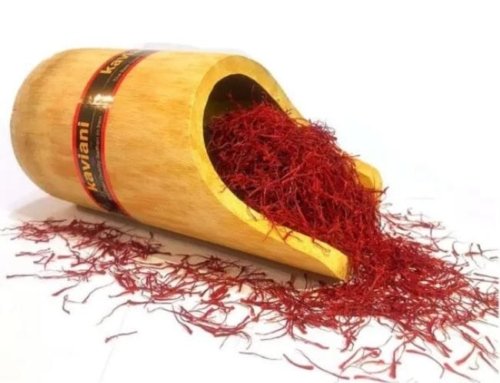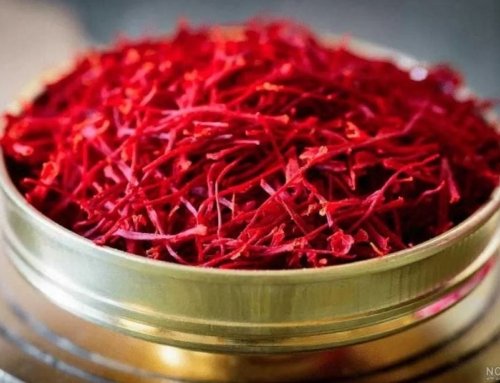 The Dangers Facing Saffron Cultivation
The Dangers Facing Saffron Cultivation
Saffron Pest Control Methods: Saffron, one of the world’s most valuable spices, is highly vulnerable to various pests and diseases due to its unique cultivation requirements. Regular inspection of saffron bulbs can help identify and eliminate threats before they affect the crop. Below is an overview of common pests and diseases impacting saffron farms and methods to combat them.
Saffron Pests and How to Deal with Them
Hedgehogs
Saffron Pest Control Methods:Hedgehogs pose a significant threat to saffron bulbs by uprooting them. To tackle this, locate their dens and use methods such as exhaust gas or special tablets to eliminate them. Alternatively, traps or poison can be placed near their dens.
Rabbits and Rodents
Saffron Pest Control Methods : Rodents like house mice and voles harm saffron fields. Similarly, rabbits damage green saffron leaves and bulbs. Counter these pests using techniques applied for hedgehogs or by using repellents such as “Arbin.” Surrounding the field with fences also helps reduce rabbit damage.
Saffron Diseases and Prevention
Fungal Issues
Rhizoctonia Fungus
Saffron Pest Control Methods :This fungus causes root decay, small white spots on bulbs, and eventually, purple molds that lead to bulb rot. Preventive measures include:
- Rotating crops periodically.
- Disinfecting saffron bulbs before planting using copper sulfate solutions.
Infected bulbs should be removed, and the soil can be treated with carbon disulfide to eliminate the fungus.
Bacterial Threats
Saffron Pest Control Methods: The Burkholderia bacterium prevents the growth of saffron flowers and leaves. This damage, prevalent in fall and winter, results in reddish-brown discoloration of bulbs. Preventive steps include avoiding damp storage conditions and rejecting damaged bulbs.
Saffron Pests like Thrips
Thrips create deep grooves on saffron leaves, depositing eggs that result in visible yellow and white spots. They also transmit other diseases, indirectly affecting next year’s harvest.
How to Choose the Best Saffron Fungicide
Selecting the right fungicide depends on climate, soil, and the type of fungal threat. Popular choices include:
- Carbendazim
- Iprodione-Carbendazim
- Metalaxyl
Using an effective fungicide ensures better yield and disease prevention.
Common Issues in Saffron Cultivation
Saffron Bulb Rot
Poor watering practices and unsuitable soil conditions can lead to rot. Overwatering increases soil moisture, creating a favorable environment for fungi. It’s best to use loamy sandy soil and fully decomposed manure to prevent rot.
Saffron Mites
Saffron Pest Control Methods :Mites are prevalent in areas where livestock graze. They lead to early drying of flowers and stunted growth. Preventing access to these areas by poultry or animals reduces this threat.
Conclusion
Understanding and addressing threats to saffron, from pests to diseases, ensures better cultivation outcomes. Regular inspections, proper soil care, and the right fungicides play a pivotal role in saffron farming success.


![Exporting Saffron to Turkey + Price Guide [Complete 0 to 100]](https://www.rowhanisaffron.com/wp-content/uploads/f1-372-500x383.jpg)




Get Social